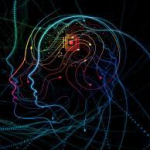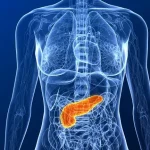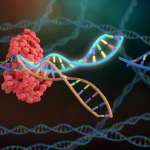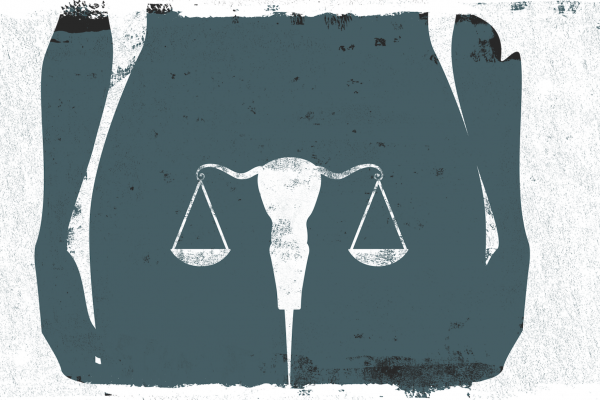by: Amy Wise
How does our brain decide between passively processing what we see and integrating the world around us into perception and experience? Numerous psychological studies seek to understand the basis of attention. Attention is the foundation of learning because it allows our brain to process information and begin to develop perception. If we clearly understood how attention is modulated in the brain, we could provide better treatment for attention deficit disorders and ultimately help all children learn more efficiently.
Attention is defined as the selection of behaviorally relevant information, and is mediated by a large-scale network of different regions in the brain collaborating together. A top-down model has currently been thought to exist for visually evoked attention. Top-down refers to the idea that an outside stimulus is creating an inner perception of the world. While this might seem intuitive, this model has only been developed through techniques that have high resolution in time, but relatively poor resolution in space, such as MEG/EEG.
Recent research from UC Berkeley’s Knight Lab is extremely interesting because it combines high temporal resolution with precise anatomical location by using an implanted electrocorticography (ECoG) that records the response of the brain to high-frequency stimulation. These electrodes were implanted to better understand the brains of eight epileptic patients who were not responding to pharmaceutical treatment for their seizures.
ECoG is a common way to identify the location of epileptic seizures in the brain, and it can also be used to gather precise data about the responses of specific regions of the brain to different stimuli. There were 626 electrodes placed in their brains at specific regions in order to record activity from different task-related activities. The study indicated that there was significantly stronger activity in areas such as the parietal cortex than in the early visual cortex (Martin et al., 2019). This is an especially exciting result because it contradicts the previously accepted top-down model of attention, showing instead that the deeper portions of the brain are more active than the region that first receives the stimulus.
This contribution to the field of attention allows us to localize the area of the brain that is most responsible for how we “pay attention,” favoring the development of more specific treatment options. Further research will help researchers continue to understand how the entire network of the brain collaborates to perceive a stimulus. This study focused on visual task-related activities, so it would be interesting if the parietal lobe gave the highest recording signals for other types of task-related activities.
Image credit: Tim Gouw








